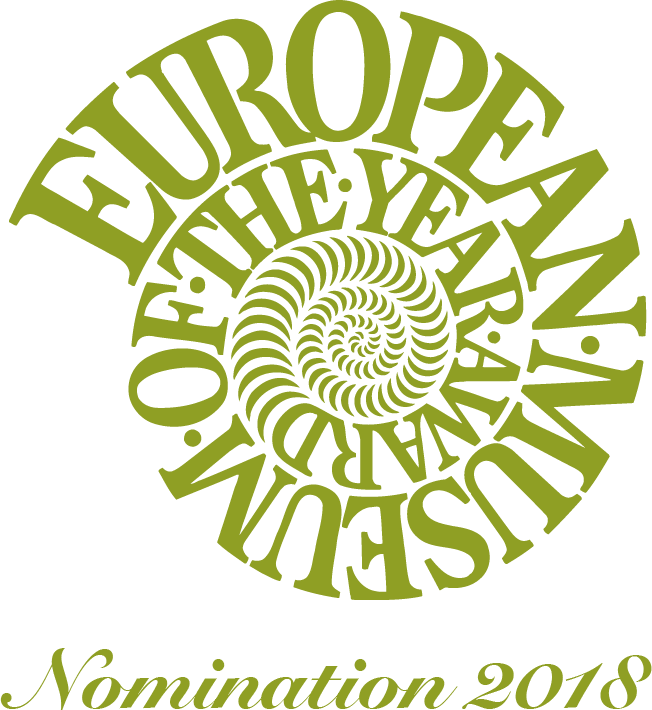The Museu Carmen Thyssen Andorra proposes this week a new guided tour of a particular work from the exhibition “INFLUENCERS in art. From Van Goyen to Pop Art”, which you can listen to from home.
Today we invite you to discover “Still-Life with Candelabrum and Box” 1926 by the artist Arthur Segal. An Art Work that is part of the Carmen Thyssen-Bornemisza collection.
With a Romanian origin, Arthur Segal emancipated himself from his family in 1892, to move to Berlin, where he studied at the academy with Eugen Bracht. Attracted by impressionist painting, he went to study in Paris, at the Académie Julian, and then in Munich where he began his career as a painter. The formulas of representation of the Italian divisionism will also mark the painting style of the young Segal and from 1908 he will incorporate a new palette and brushstroke, which testify to the transition of his painting towards the expressionist language.
In Berlin he will exhibit his works with Die Brucke and Der Blaue Reiter, two leading German groups in the expressionist movements and in 1910 he co-founded the Neue Sezession, a group of artists rejected by the Berliner Sezession.
His works will also be influenced by Dadaism, until, around 1916,when he found his own modern style. In addition to painting, Segal also produced woodcuts from 1910 on anti-war themes, authored many books, articles, and often lectured.
During the war, Switzerland became a haven for many artists such as Segal, and while he was between 1914 and 1920, he exhibited part of his work at the famous Zurich Cabaret Voltaire. In Ascona, he became acquainted with other modern artists such as Hans Arp, Hugo Ball and Tristan Tzara and thanks to these connections, he participated in many DADA events.
Prismatic painting will be the signature mark of Segal’s artistic production in the interwar period, in which he gained maximum recognition. It was then that Segal developed his theory of the “equality of values” of composition, which signals an extraordinary change in his work.
In 1920, he returned to Berlin, where he founded his own art school, although soon after, due to his Jewish origin and the Nazi persecution forced him to march in Mallorca and later in London, where he died of a heart attack during a 1944 German bombardment.


